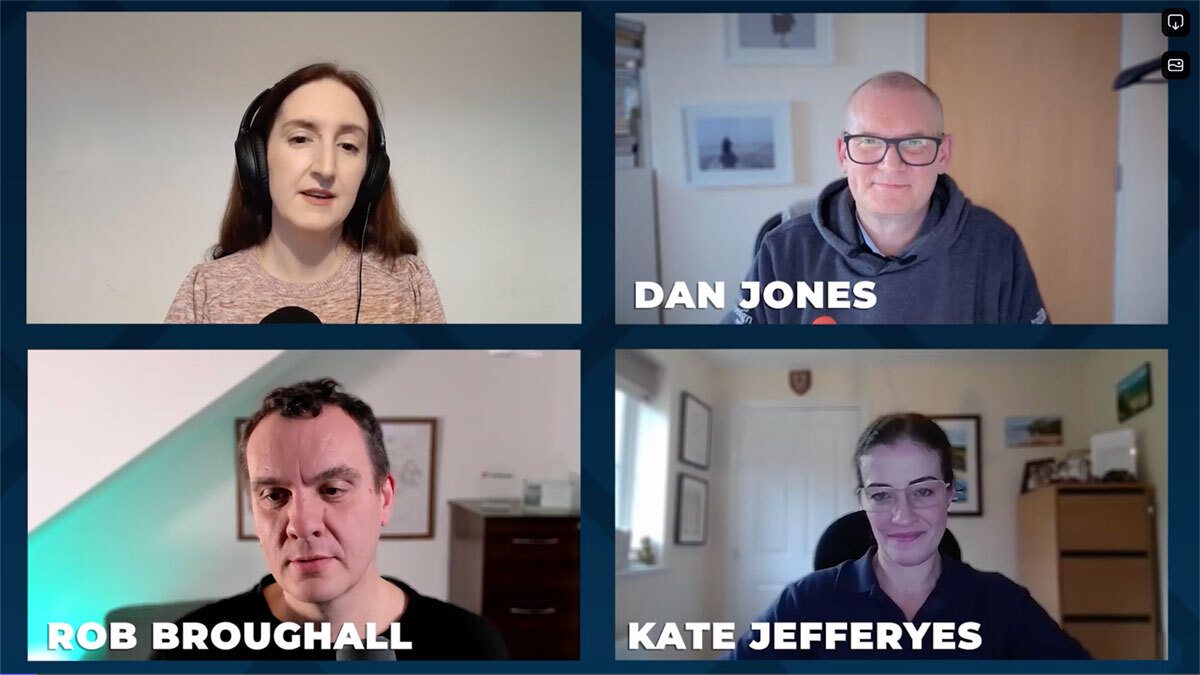Do businesses have a Friday problem?
The concept of a 'Friday problem' might come from a troubled concept of productivity


Almost every manager has anecdotal evidence of a drop off in productivity on Fridays, but is it actually a real problem that we need to solve?

A recent study from the Texas A&M School of Public Health looked into this perceived problem and suggested that office workers are, indeed, less productive at the end of the working week.
The Texas study used computer usage metrics including typing speed, errors, and mouse activity to monitor work patterns and found that this dropped significantly on Fridays. However, many work psychologists agree that this isn’t a wholly reliable and representative measurement of productivity as many jobs in the modern economy involve knowledge work, for which there isn’t an agreed form of measurement.
“Knowledge work is almost always unobservable and the quality of its output is very difficult to measure accurately,” says Larry Tribble, owner and principal consultant at Tribble and Associates.
‘Friday problem’ is a misnomer
Tribble tells ITPro that while many of us talk about going slower on Fridays, managers also recognize that workers can have sluggish starts on Mondays and also on workdays around holidays.
“In my career, the day after Thanksgiving has gone from ‘hurry up and request vacation’ to a company holiday in many instances, the same with Christmas Eve. This is because bosses recognized that nothing was getting done anyway, so took credit for an additional ‘perk’.”
This would imply that the concept of a Friday problem is a fallacy, and many experts agree with Tribble’s take. Take Michael Doolin, managing director of Clover HR, who has spent 30 years working as an HR director across a range of global brands and says he’s more often seen a boost in productivity on Fridays.
Sign up today and you will receive a free copy of our Future Focus 2025 report - the leading guidance on AI, cybersecurity and other IT challenges as per 700+ senior executives
“If anything, I’d say happy, committed employees put more effort in and work smarter on Fridays than they do the rest of the week, realizing that deadlines are coming in and wanting to tie up loose ends and finish the week on a positive note. Fridays can be really productive when the mentality is to look forward.”
Challenging traditional ideas of workforce ‘productivity’
The reality is we currently don’t have a fully scientific way to measure productivity. Experts point to output being unique to each person and dependent on things such as their energy levels, workload, and mindset on any given day. If staff such as security professionals are experiencing burnout through the week, it’s unsurprising that by Friday they’re less productive.
“Realistically, it’s just a facet of the human experience to go through days differently,” says James Lloyd-Townshend, chairman and CEO of recruitment firm Nigel Frank. Assuming all workers will work better or worse based on the day of the week may not be the fairest way of assessing a workforce that is, after all, comprised of individuals who bring their own talents and rhythms to the table.
Dr Máire Kerrin, director of the Work Psychology Group, believes it’s more of a manager’s perception that people aren’t working as well on Fridays and recommends that leaders challenge their assumptions.
“What’s your evidence? I think the reality is that they’re more conscious of it on Friday than Monday and sometimes see what they want to see. If you start off on the wrong pretext, then you’ll just end up losing people’s engagement.”
Understanding employee work rhythms
Instead of trying to measure the unmeasurable, managers wanting to get the most out of their employees should instead focus on understanding how, when, and where they like to work and respond accordingly.
This doesn’t mean that work patterns get set solely to meet the needs of the employee, says Jarod Warwick, SVP communication, culture and leadership development, corporate marketing at XPlor Technologies, but rather that leaders should be designing work patterns that avoid burnout and strive to balance both the business and employees’ needs.
“This generally plays out in a hybrid approach, and other factors can influence this too. New joiners typically spend more time in person as they get up to speed, and high performers are typically granted more flexibility in where they work. The main measure we look at is the quality of work being produced, not how much time a person has spent working.”
Unlocking Friday productivity
Helping your workforce do their best and beating the Friday problem is also about giving employees the skills to understand when and how they work at their best, and the tools to do so.
“Managing your work in response to how you’re feeling is a real skill set that needs to be learned,” says Dr Kerrin. “You have to be able to ask yourself am I in the mood to really address that difficult task on my to-do Iist, or am I having one of those days better spent ticking off a bunch of simpler tasks? For some this doesn’t come naturally, so employers can support their staff by creating more opportunities for behavioral development.”
“We can give our employees the tools and skills to better manage their own work practices and focus,” agrees Tribble. “We can help them not waste time looking for information they need, we can help them learn to avoid ‘thrashing’. We can help groups manage information better.
“All of these are trainable skills. Like fitness and stamina in professional athletes, or employees can learn the tools and practices that underlie high-performance knowledge work.”
RELATED RESOURCE

Discover how Dell Optimizer enhances performance and improves productivity
DOWNLOAD NOW
Another way employers can support staff productivity is through reducing interruptions, beyond closing doors and donning headphones. In June, a GitHub survey found that among developers, work without interruptions improved collaboration.
“One of the primary workplace design concerns is the need for both collaborative and quiet space. We haven’t solved it yet, but can detect and mitigate it,” Tribble says. He points to companies installing desk flags that highlight to colleagues whether you’re open to conversation (green) or don’t want to be disturbed (red).
Efforts to minimize the number of emails, which have been found to kill productivity, or to shorten meetings also fall into the interruption management category, as do ‘no meeting Fridays’ and similar interventions.
Methods to combat the Friday problem
Some employers have been trialing a four-day week as a way of improving productivity, with mixed results. This is because – surprise, surprise – employee work rhythms vary.
“To an extent you’re condensing the working week, which might put pressure on some people to have extended hours to complete their work. Other people absolutely love it because they feel they’re getting their time back,” notes Dr Kerrin.
For those who having got this far still think they have a ‘Friday problem’, then you may actually need to look at your workplace culture, as the concept may have become engrained in the business to such a point it’s become a self-fulfilling prophecy.
The Friday problem is sometimes linked to lunchtime drinking culture which can, unsurprisingly, lead to reduced productivity when people return to their desks. For many businesses, it’s also culturally embedded that Friday is a transition day to the weekend, and employees actively take things at a slower pace.
If this is what you’re seeing then it’s time to change things up. Perhaps put things in the diary on Fridays to boost enthusiasm and energy levels to start creating new, healthier working practices that benefit both the business and your staff.

In the end, there is no one-size-fits-all solution to maintaining and boosting productivity throughout the week. It's crucial to assess whether a genuine problem exists or if you’re observing natural fluctuations in employee performance.
The best ways to navigate the intricacies of the working week more is by fostering a culture that understands individual’s needs, embraces flexibility and gives staff the tools and skills they need to work well.
Keri Allan is a freelancer with 20 years of experience writing about technology and has written for publications including the Guardian, the Sunday Times, CIO, E&T and Arabian Computer News. She specialises in areas including the cloud, IoT, AI, machine learning and digital transformation.


